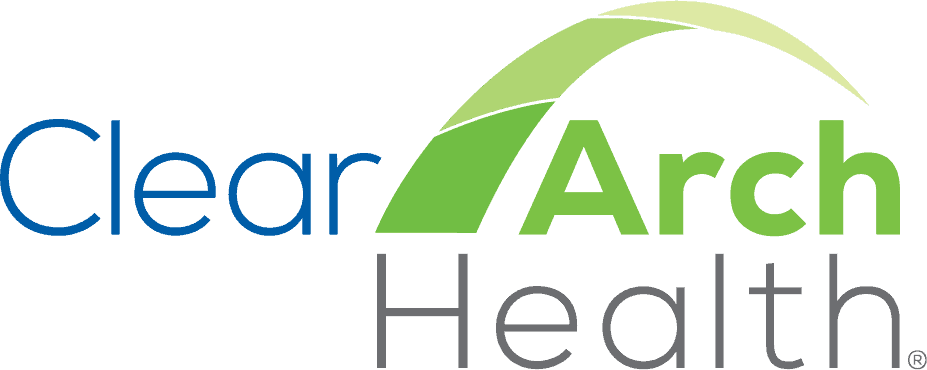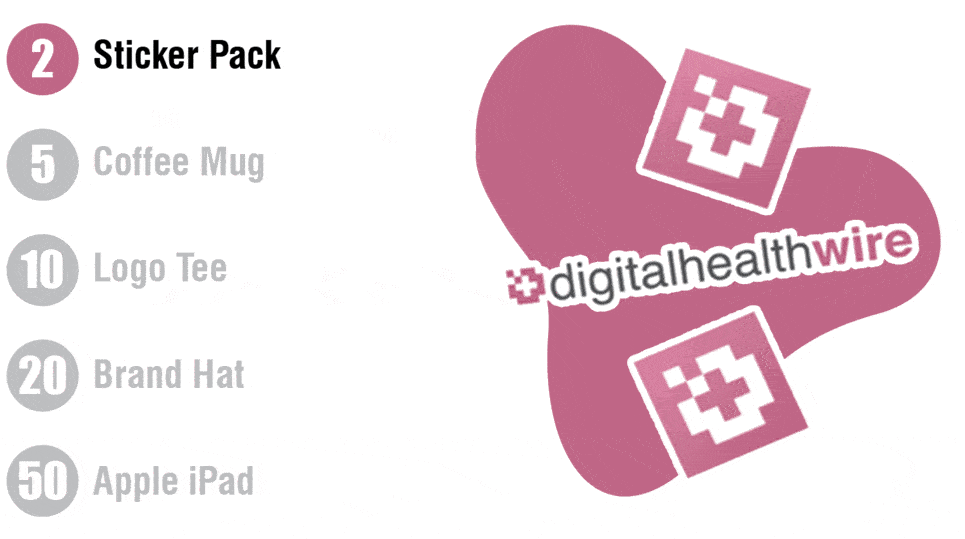|
Virtual Care’s Limits | Microsoft + Teladoc
July 20, 2023
|
|
|

|
|
Together with
|

|
|
|
“The effectiveness of telehealth is really a function of the type of disease that it is used to treat.”
|
|
University of Texas Information Systems Professor Indranil Bardhan
|
|

|
|
New research out of the University of Texas added to the growing body of evidence that indicates telehealth’s promise of lower costs and utilization isn’t as straightforward as it appears – especially for certain types of diseases.
Researchers looked at patient visits across all hospital-based outpatient clinics in Maryland from 2012 to 2021, finding that virtual visits reduced the overall number of 30-day follow-ups by 13.6%, bringing down costs by $239 per patient.
Patients with behavioral health, skin, metabolic, and musculoskeletal disorders saw an even greater 19% reduction in follow-ups (an equivalent cost reduction of $179), suggesting that virtual care serves as a true substitute to office visits.
- Telehealth was also associated with a significant reduction in ER and specialist visits among patients in this category.
- The common thread between those conditions is what the researchers coined as “high virtualization potential,” or the ability for physicians to effectively measure symptoms over telehealth.
The flip side of that coin is that conditions with “low virtualization potential” saw nearly zero benefit from virtual care in terms of lowering costs, follow-ups, or future ER visits.
- These included circulatory, respiratory, and infectious diseases, where symptoms are difficult to observe over video and harder for patients to communicate.
These findings double down on the results from Epic Research’s study earlier this month, which found that 16 of the 24 specialties analyzed had fewer follow-ups after an initial telehealth visit.
- That study saw nearly identical overlap with behavioral health and MSK, which both saw a 20%+ reduction in follow-ups after telehealth. Podiatry, OBGYN, and ophthalmology were the greatest exceptions, in line with the “low virtualization potential” theme.
The Takeaway
The difference in telehealth’s effectiveness between conditions caused the study authors to reach the conclusion that virtual care should be promoted in clinical areas where it is most beneficial, but it seems like there might be a bigger takeaway for our audience: There’s a huge need for innovative remote examination solutions, and circulatory, respiratory, and infectious diseases are a great place to start.
|




|
|
How Medallion Helped Skintap Launch in 15 States
In order to launch and scale, Skintap had to build a network of dermatologists who could see patients across the US. Learn how Medallion helped Skintap’s providers get licensed in over 15 states in less than four months – without any headaches and well before their launch date.
|
|
Clear Arch Health Reduces Readmissions at Altru
When Altru Health System set out to reduce hospital readmissions, it turned to Clear Arch Health to find the solution. Learn how Clear Arch Health’s complete RPM platform and clinical monitoring system helped Altru lower readmissions while improving post-acute care quality.
|
|
Goodbye Staffing Shortages, Hello Peace of Mind
connectRN, the leading nurse community, provides highly qualified, W2 clinicians at rates you can count on. Post shifts, build relationships, and keep your community staffed with connectRN’s user-friendly platform.
|
|
- Teladoc + Microsoft: Teladoc and Microsoft kicked off this week’s partnership-heavy news cycle with the integration of Nuance’s Dragon Ambient eXperience into Teladoc’s Solo virtual care platform, allowing physicians to automatically transcribe clinical notes during exams. Teladoc’s medical group will also begin using DAX Express to expedite note generation by eliminating the need for a human quality checker. The two companies first partnered in 2021 to integrate Solo with Microsoft Teams, and the latest integration revolves around the same goal of reducing admin burden for clinicians.
- State of CareOps Survey: Awell and Health Tech Nerds are teaming up to uncover the “State of CareOps” and provide a look at the tools and practices care delivery orgs (virtual, traditional, or hybrid) use to build, operate, and optimize care flows. If you’re in a role at a care delivery company that touches clinical operations, we’d appreciate your help with this quick survey so we can help fill the report with benchmarks and best practices that we’ll share with our readers.
- Poor Maternal Outcomes for Immigrants: Medicaid covers 42% of births in the U.S., yet a new JAMA study shows that this coverage is out of reach for many immigrants. Looking at nearly 73k postpartum patients between 2012 and 2019, researchers found that 20% of low-income immigrants didn’t receive any postpartum care in states where coverage is withheld from those recently documented (vs. 12% of low-income non-immigrants). The authors stated that if the U.S. really wants to tackle its notoriously bad pregnancy outcomes, this is one of the best levers to pull.
- Brightside and eLovu Collaboration: Brightside Health is collaborating with eLovu to address the gap in mental healthcare for new and expecting mothers, particularly those experiencing postpartum depression or suicidal thoughts. eLovu’s maternal care platform analyzes patient feedback and biometric signals for early detection of pathologies like preeclampsia or depression, and its members can now be referred to Brightside when critical mental healthcare needs are spotted.
- Ventra Health Acquires ArcMed: Revenue cycle management firm Ventra Health acquired ArcMed to bring non-client facing billing and automation services in-house. Ventra’s hospital-focused RCM platform is purpose built for specialties like anesthesia that require more fine tuning to automate workflows than is supported by standard EHRs. Ventra CEO Steven Huddleston shared that ArcMed’s AI automation journey over the last year helped crystallize the decision to pursue the acquisition, and that he sees RCM as one of the areas most ripe for more AI shakeups.
- Patient Data Privacy Concerns: Health Gorilla’s latest Patient Privacy Report found that 95% of patients are concerned about the possibility of a data breach affecting their medical records, with that share likely already higher given that HCA’s security incident is shaping up to be “the largest data breach ever reported by a healthcare provider.” While HG found that a majority of patients (71%) are comfortable with providers accessing their data without explicit consent when required for treatment, far fewer were comfortable sharing data for billing purposes (39%), operations purposes (28%), and public health purposes (23%).
- Big Tech Fights AI Healthcare Regulation: Tech giants including Google, Amazon, and Epic are pushing back against proposed AI regulation that would increase oversight of tools guiding patient care. While the ONC wants training data publicly disclosed as part of federal certification, Epic argues that there would be less “incentive to innovate” if certified health IT developers “have to disclose publicly their intellectual property, while non-certified predictive model developers are not required to make the same disclosure.”
- Does Private Equity Harm Patients? A new study in The BMJ suggests the answer is Yes, at least when it comes to cost and quality of care. Researchers performed a meta-analysis of 55 studies over the past 20 years, most looking at PE investment in nursing homes and hospitals. Nine of 12 studies looking at the cost of PE ownership showed higher costs to patients or payors. Of the 27 studies that assessed care quality, 12 found harmful impacts (reduced staffing, shift to lower nursing skill mix), three found beneficial impacts (operational efficiencies), nine found mixed impacts, and three were neutral.
- Elevance Reports Strong Q2: Elevance’s Q2 results added to the trend of payors shrugging off utilization concerns, with revenue up 13% to $43.7B and net income jumping 14% to $1.9B. While higher post-pandemic costs of care resulted in a medical loss ratio of 86.4% (down 70 basis points), Elevance reported that “it’s really not a lot of pent-up demand or deferred care.” Another noteworthy stat was medical membership climbing 2% to close out the quarter with 48M members, despite Medicaid membership falling by 135k as states resumed eligibility checks.
- Don’t Drink Bleach: A 2020 survey from the CDC found that 4% of respondents drank or gargled bleach during the early stages of the pandemic, but a study in PLOS ONE found that many of those responses were made by “problematic respondents.” Problematic respondents usually fill out incomplete surveys or are survey farm bots that churn out meaningless answers to collect incentives, an important reminder that not all survey responses are created equal and proper data quality measures are essential for meaningful results.
- Astellas & Eko DTx Alliance: Astellas Pharma and Eko Health announced an alliance to make Eko’s digital stethoscope and AI-based cardiovascular disease detection software the core components of Astellas’ new Z1608 digital therapeutic for heart failure. Z1608 will combine Eko’s monitoring technology with DTx capabilities sourced from Welldoc (mainly automated coaching) and patient/caregiver educational content from the AHA, with the goal of advancing Astellas’ expansion beyond traditional pharma to whole person care and at-home heart failure management.
|
|
Selecting Your Drug Database and CDS Solution
Do your providers need easy access to real-time drug knowledge and clinical decision support? Explore Synapse Medicine’s complete guide to drug database advantages, use cases, challenges, and factors to consider when selecting the right solution for your organization.
|
|
Better Diabetes Management With Glooko
Glooko’s diabetes management platform transforms the way patients connect with their providers, driving better engagement, adherence, and ultimately outcomes. Take a look at Glooko’s latest clinical studies to see how their platform is driving sustained improvements for people with diabetes.
|
|
What is Patient Engagement for a CMIO?
In its patient engagement guide for hospital execs, Nuance examines the goals and challenges of Chief Medical Information Officers, highlighting the ways that AI-powered patient engagement solutions can help CMIOs reduce physician burnout and improve care delivery.
|
|
|
Share Digital Health Wire
|
|
Spread the news & help us grow ⚡
|
|
Refer colleagues with your unique link and earn rewards.
|

|
|
|
|
Or copy and share your custom referral link: *|SHAREURL|*
|
|
You currently have *|REFERRALS|* referrals.
|
|
|
|
|